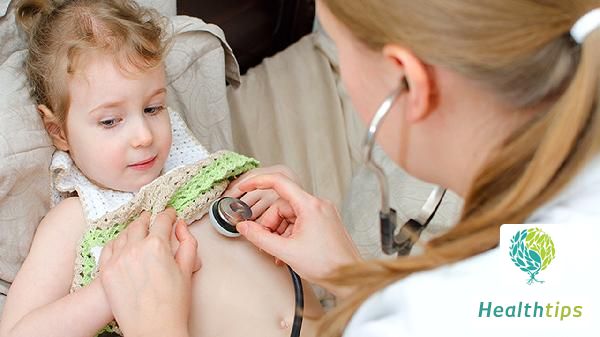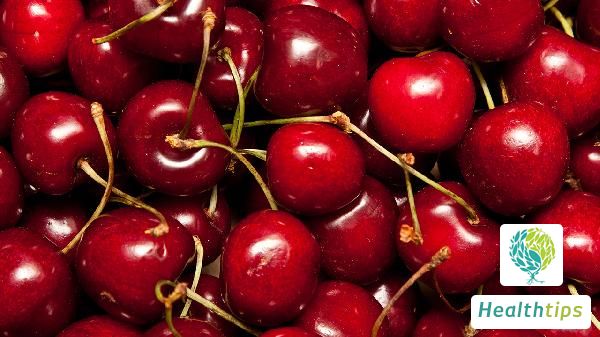"Is having phlegm in the throat a sign of tuberculosis?"
Having phlegm in the throat does not necessarily indicate tuberculosis. There are various reasons for phlegm in the throat, including not only tuberculosis but also illnesses such as colds and rhinitis.
In the Case of Tuberculosis:
1. Cause: Tuberculosis is a chronic respiratory infectious disease caused by infection with Mycobacterium tuberculosis, primarily transmitted through respiratory droplets. Patients may experience symptoms such as coughing up phlegm and hemoptysis.

2. Treatment: Upon diagnosis, standardized chemotherapy with anti-tuberculosis medications must be prescribed by a doctor. Commonly used first-line anti-tuberculosis drugs include isoniazid tablets, rifampicin capsules, pyrazinamide tablets, and ethambutol hydrochloride tablets. Second-line anti-tuberculosis drugs include kanamycin sulfate for injection, capreomycin sulfate for injection, and streptomycin sulfate for injection.
In the Case of Non-Tuberculosis Conditions:
1. Cold: Having a common cold or influenza can also lead to congestion and edema of the mucosa in the throat, increased secretions forming phlegm, and manifesting as phlegm in the throat. Symptoms can be alleviated by taking medications such as Compound Paracetamol and Amantadine Hydrochloride Tablets or Shuanghuanglian Oral Liquid.
2. Rhinitis: If rhinitis causes secretions from the nasal cavity to flow back into the throat, it can also result in the appearance of phlegm in the throat. In such cases, nasal irrigation with physiological saline can be performed under medical guidance, accompanied by the use of budesonide inhalation aerosol to alleviate discomfort.
Conditions such as tonsillitis, bronchitis, and pneumonia may also lead to similar situations. It is recommended to visit the otolaryngology department of a hospital for a comprehensive diagnosis through visual examination, palpation, blood routine tests, chest X-rays, and other relevant tests. In daily life, it is essential to maintain a light diet and avoid spicy and stimulating foods to prevent aggravation of symptoms.



















